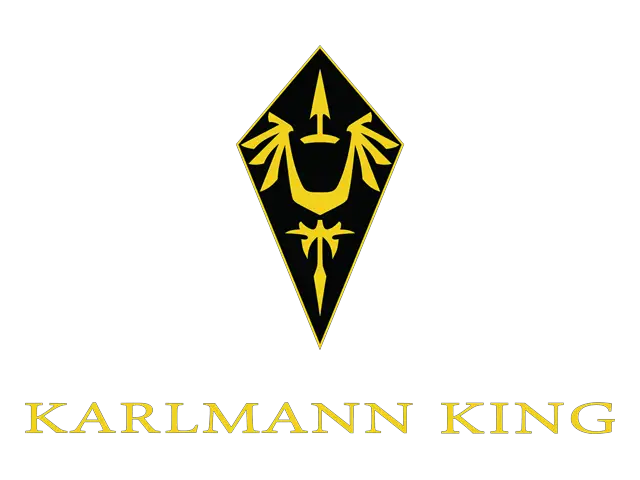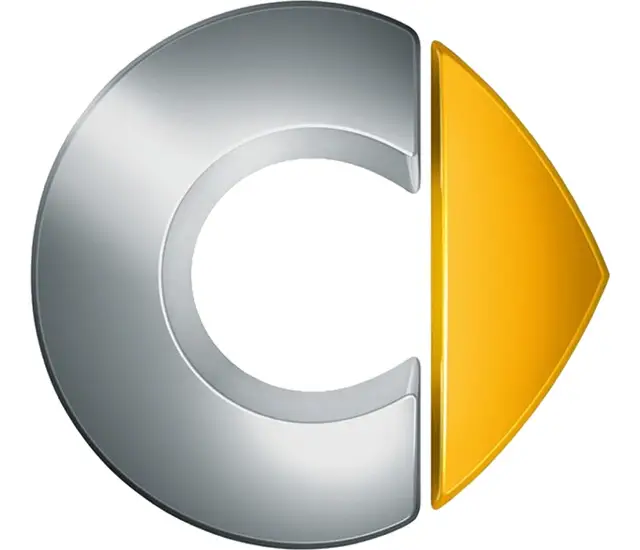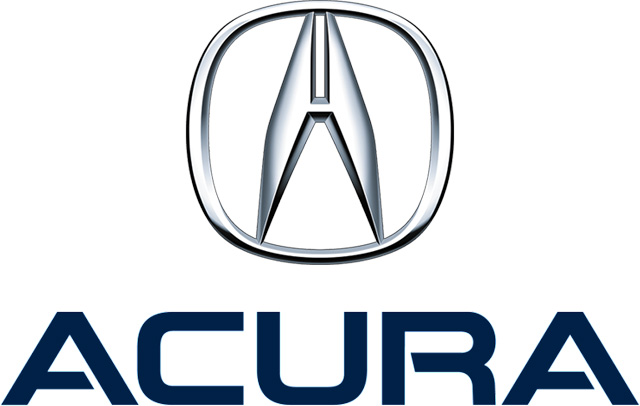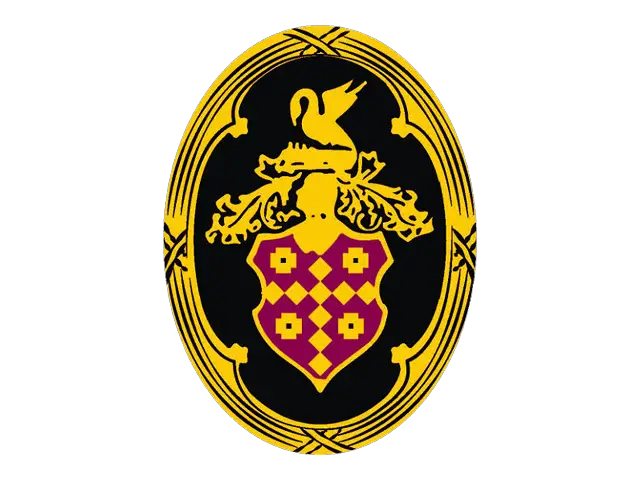mercedes Logo - History, Design, and Meaning

Company Overview
Mercedes-Benz, a beacon of automotive mastery, operates at the intersection of heritage and innovation. Its global footprint is rooted in the factual prowess of engineering and a relentless quest for excellence. The cornerstone of its operation lies in the heart of Affalterbach, where the fusion of tradition and cutting-edge technology breathes life into the ultimate performance vehicles. Here, the passion for automotive excellence transcends mere manufacturing; it's a testament to the enduring legacy and the forward-looking vision of Mercedes-Benz.
Key Information
- Founded: 1926
- Founder(s): Karl Benz and Gottlieb Daimler
- Headquarters: Stuttgart, Germany
mercedes Logo Meaning and History

The storied journey of Mercedes-Benz began with the merger of Daimler-Motoren-Gesellschaft (DMG) and Benz & Cie in June 1926, a pivotal moment orchestrated by visionaries Gottlieb Daimler and Karl Benz. This union not only marked the inception of a brand that would epitomize luxury automotive engineering but also set the stage for universal motorization. The Daimler sons, inspired by their home beneath an apple tree, conceptualized the now-iconic three-pointed star logo, symbolizing their ambition for domination across land, air, and sea.
Amidst the fervor of innovation, Mercedes-Benz carved its path to global recognition. The company's drive was evident in its relentless pursuit of excellence, leading to groundbreaking achievements such as the introduction of valve spring and cam mechanisms, which revolutionized engine performance. The Mercedes-Benz logo history, adorned by a laurel border, signifies the merger's success and embodies a trademark of unparalleled quality and prestige.
Today, Mercedes-Benz stands as a colossus in the automotive world, its position cemented by its reputation as one of the world's most successful automotive companies. The merger of DMG with Benz & Cie has evolved into a global powerhouse, Mercedes-Benz Group AG, under the leadership of Ola Källenius. The brand's commitment to innovation is unwavering, with Mercedes-Benz Mobility AG offering innovative mobility services and Mercedes-AMG at the forefront of manufacturing ultimate performance vehicles. The emblem, a three-pointed star encased in a laurel wreath, continues to guide Mercedes-Benz as it pioneers the future of motoring.
What is Mercedes-Benz?
Mercedes-Benz, renowned for its lineage of high-end passenger cars and premium vans, stands as a paragon of automotive excellence. This bastion of luxury and innovation upholds a tradition that intertwines the Mercedes-Benz symbol with a legacy of performance and elegance, setting the benchmark for the automotive industry.

The very first Mercedes logo was composed of a strict oval badge, horizontally oriented, featuring a bold sans-serif wordmark where the letters varied in size, enlarging towards the center. The badge had a double outline and was executed in monochrome for documents and dark blue with silver for the emblem.
The star has a dual meaning for the company; it was adopted in the 1920s as a tribute to the Daimler family, whose father used a traditional five-pointed star as a signature on postcards. The contours were modified to create a three-pointed star, representing the family's ambition to motorize the world on land, water, and in the air.

The Benz logo from 1909 was elegant and ornate, featuring a traditional circular badge with a thick double outline and a stylized wreath. The wordmark in a custom sans-serif typeface was written in black on a white background of the inner circle, representing the brand's power and energy.

The logo designed in 1916 featured a blue and white star on a burgundy-red background, enclosed in a thick circular frame with white wordmark and leaf ornamentation. This elegant badge represented style, sophistication, and power.

In 1926, a similar logo was created, maintaining the blue and white star on a burgundy-red background, enclosed in a thick circular frame with white lettering and ornamentation.

In 1933, the burgundy background was switched to light gray, with the star executed in white and gray, while the thick blue framing remained nearly unchanged. The leaves on the frame were redrawn and enlarged.

Later that year, another badge was created, featuring a minimalist and futuristic design for its time, executed in black with a thin and sharp three-pointed star inside a white circle with a medium-thick black outline.

In 1989, the logo became three-dimensional, with a gradient gray color palette. The symbol was executed in a glossy metallic texture, featuring enlarged serif lettering in black placed underneath, adding volume and style.

In 2009, the flat design approach took over, marking a significant shift in the aesthetic of car branding for Mercedes-Benz. The emblem and wordmark were redesigned in a simple gray color, devoid of embellishments, echoing the minimalism associated with modern car logos. The font remained consistent, but the lines appeared thinner without the shadow, underscoring a new era in automotive logo design.

The brand underwent another visual identity redesign in 2011. The new logo resembled the one introduced in 1989, with a thicker circular frame and thinner wordmark lines. The typeface mirrored the Corporate A font family, showcasing timeless elegance. This redesign reflected Mercedes-Benz AG's commitment to perfection in detail, emphasizing the importance of every aspect from testing organization to trademark registration.

The update reinforced the brand's position among car companies and highlighted its dedication to digital services and legal protection, offering consumers reliable figures on electric energy consumption for new vehicles.
The star that became the Mercedes symbol was originally seen by Gottlieb Daimler as an image protecting his own home. Later on, this image acquired additional semantic meaning. Three (the number of the rays) was considered to be a sacred number, the number of perfection. Daimler also pointed out that the products of his enterprise were conquering the three elements — water, air, and land. After all, the concern produced engines for maritime and river transport, engines for the aviation industry, and engines for land transport. Later among the company's products, there were also full-fledged vehicles, first of all, cars.
By the way, for the first time the Mercedes car was presented to the public as a racing car. The car took part in the race with 'Monsieur Mercedes' behind the wheel — Emil Jellinek took this nickname for the time of the race (being an aristocrat he could not participate in the race under his own name). By the way, later Emil, according to the aristocratic tradition, added a prefix to his name, and became Mercedes-Jellinek.
The first Mercedes logo was interpreted as a stylized image of the steering wheel. However, this explanation was dragged by the head and ears, especially as Daimler's biographers definitely claim that the sign, which was later patented as the Mercedes logo, had been used by Gottlieb Daimler long before the company started manufacturing cars.

After the defeat of Germany in the Second World War, Mercedes cars became the life belt that allowed the company to withstand the international ban on the military industry.
The Mercedes emblem, with the exception of the first years of the brand's existence, was in a circle shape. Originally the emblem (the print writing MERCEDES) was made in an oval shape elongated in the horizontal direction. However, the company was faced with the fact that their closest competitor, the Italian brand Maserati, also used an oval logo, though it was elongated in the vertical direction.
Do you know that the name of the brand Mercedes was invented not by Daimler, but by the consul and the French dealer of the Daimler Company Emil Jellinek? He convinced his employer that this name was very attractive for a car, though he did not say that it was his daughter's name. Formally, it was impossible to find fault with Emil Jellinek's suggestion, because his daughter's name was Adrian Manuela Ramona. So the girl's home name became the name of one of the most successful brands in the history of the automotive industry.
The attempt to make the logo look like just an acute-angled star with three rays turned out to be not very successful (nor did a star with four rays find its practical application). The shape of the circle in which the three-rayed star was inscribed was recognized as optimal.
In the nascent years of the twentieth century, when the Daimler brothers and their descendants, including Daimler's sons Paul, were laying the foundation for what would become the Mercedes-Benz legacy, the print element was prominently featured in the logo's design. This choice reflected the company's ambition to underscore its uniqueness and the individual meaning behind each aspect of its operations, including the innovation of Mercedes-Benz engines. However, as Mercedes-Benz solidified its position among the leading global suppliers of high-end passenger cars, the decision to phase out the print element from the logo was made by Mercedes-Benz officials. This decision was motivated by a desire to simplify and purify the emblem, reflecting the company's drive towards elegance and simplicity. The font chosen for the logo, while classic and easily legible, carried a deep significance linked to the company's heritage and innovative spirit, making it unique without overtly unique characteristics.

Over time, even without the active use of a font in the logo, its design continued to reflect Mercedes-Benz's commitment to excellence and simplicity, integral to the company's ethos. This decision highlighted the depth of the Mercedes-Benz logo meaning, transforming it from a mere signet into a symbol of the brand's long history of innovation and quality. This evolution was inspired by the legacy of the Daimler family and the dedication of Mercedes-Benz officials, ensuring the logo remained a potent emblem of prestige and reliability in the automotive sector.
The color scheme of the Mercedes-Benz logo has undergone numerous changes throughout the brand's history, mirroring its evolution and adaptation to a changing world. Initially, the vibrant hues of gold, white, red, and blue chosen for the three-pointed star symbolized the company's drive towards leadership in innovation and quality — foundational principles instilled by the Daimler brothers. By 1916, reflecting a shift towards a more refined and technologically advanced image, the three-pointed star was rendered in silver, a decision endorsed by Mercedes-Benz officials. This color became a symbol of purity, precision, and high technological prowess that Mercedes-Benz aimed to demonstrate in each of its vehicles.
What does the Mercedes-Benz logo represent?
The iconic logo of the Mercedes-Benz company, the elegant and sophisticated three-pointed star, inscribed into a circular frame, represents the power and reliability of the engines, produced by the Daimler Corporation.
Why did Mercedes choose their logo?
The Mercedes-Benz three-pointed star in a circular frame, which has already become iconic, was adopted as the primary emblem of the company in 1916, and since then has only slightly refined its contours. The emblem was designed by the owners of the brand, Adolf and Paul Daimler, who were inspired by an image from the postcard they received from their father, Gottlieb Daimler, at the beginning of the 1870s. It was a star, which Gottlieb marked his birthplace with, accompanying it with the wishes for the new fabric to glow and shine.
What does the Mercedes-Benz emblem represent?
There are several interpretations of the iconic three-pointed star on the Mercedes-Benz badge. The first is that the three rays are the names of three people: Wilhelm Maybach, the great engineer and designer, Emil Jellinek, and his daughter Mercedes. According to another version, the Star symbolizes the dominance of the company on land, in the sea, and the sky.
What Mercedes car has the glowing emblem?
The glowing emblems on the Mercedes cars are the iconic silver three-pointed star in a circle badge with LED lighting. The cars, equipped with this kind of badge are mainly Mercedes-Benz GLE and GLS class SUVs, as well as some CLS and E-class sedans. However, in 2020/2021, some Mercedes-Benz cars began to be recalled due to a faulty glow star, which causes different sorts of problems.
What does the Mercedes symbol represent?
The three-beam star symbolizes the superiority of the brand in all directions: on land, on water, and in the air, since Daimler produced marine and aircraft engines in addition to cars. The three-beam star also signifies the trinity of the Mercedes car for the driver, passenger, and mechanic.









